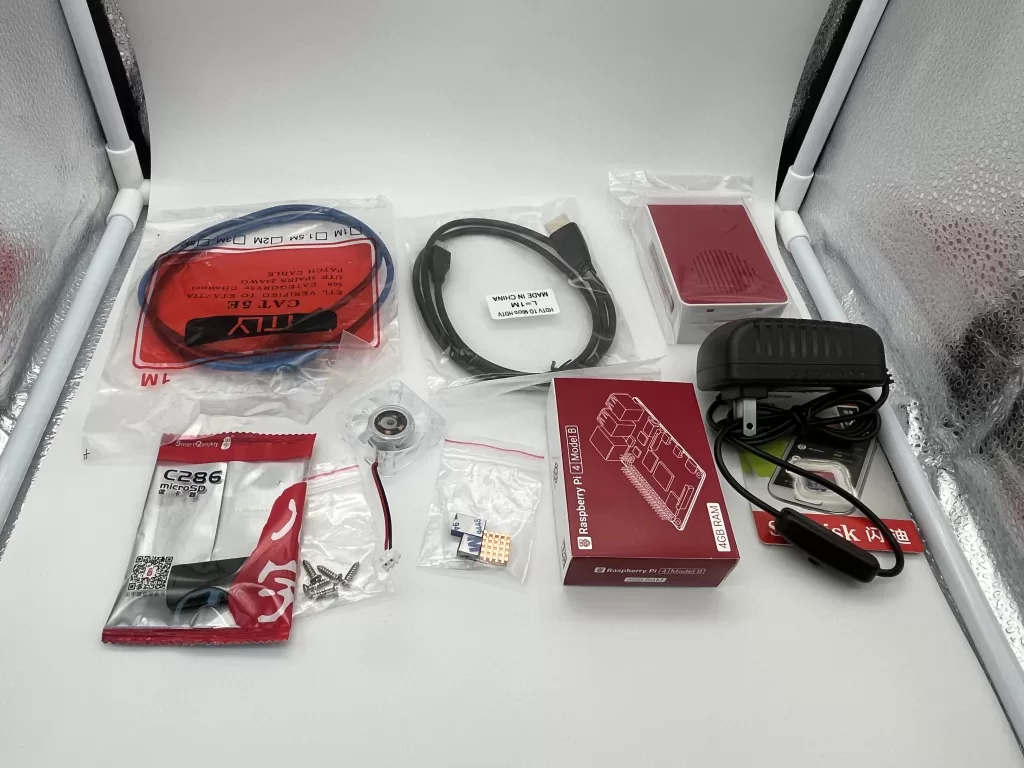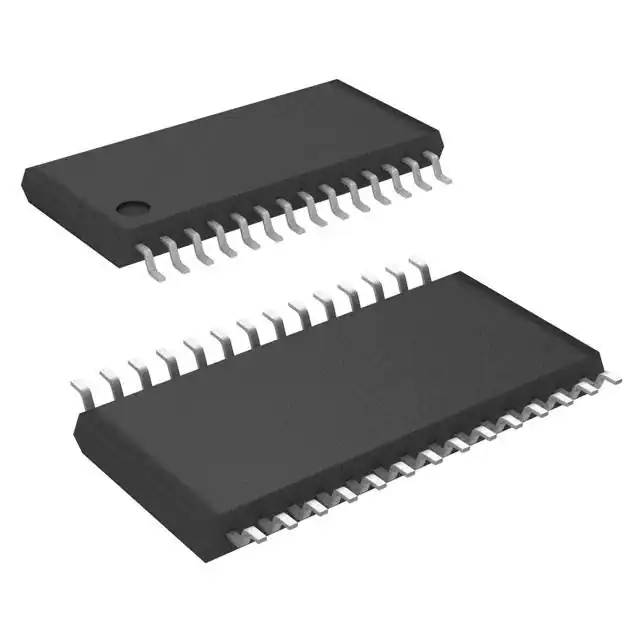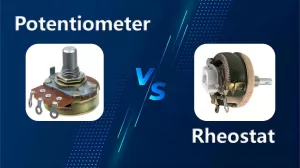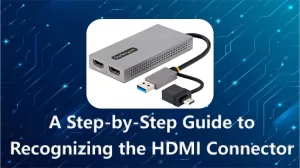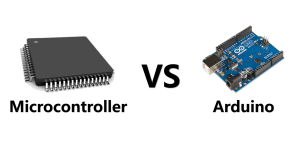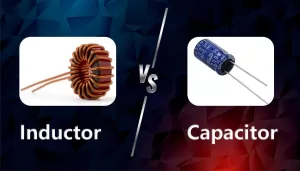In this blog, we will delve into the world of RF Amplifiers, exploring their types, working principles, and applications.
View detailsEssential Pliers for Electronics: A Detailed Review
In this blog, we will delve into the fascinating world of electronic Pliers, exploring their types, functionalities, and best practices for keeping them in top condition.
What are Pliers?

Pliers are essentially grasping instruments made up of two pivoting jaws that are manipulated by handles. The opposing jaws are intended to grip, hold, bend, cut, and crush items. The function and usefulness of a plier are determined by the design of its jaws, handles, and joint mechanism.
When were Pliers Invented?
Pliers, like tweezers, are a very old tool for which no single creator is acknowledged. Here's everything we know about their origins:
- Estimated Timeline: Experts believe pliers were devised approximately 3000 BC, during the Bronze Age.
- Early Uses: During this time, metalworking techniques would have required tools such as pliers to handle hot materials during forging or casting. Early pliers were probably constructed of wood or bronze.
- Evolution: Pliers are likely to have evolved from basic designs to stronger versions made of iron and, eventually, steel as metalworking methods advanced.
What are Pliers Used for?
Pliers are multipurpose hand tools for grasping, manipulating, and cutting items. They come in a variety of forms and sizes, each designed for a certain purpose. Here's an overview of their primary functions:
- Gripping: Gripping is the main function of pliers. Their teeth hold objects firmly, allowing you to move, twist, or pull them.
- Turning and Twisting: Using pliers with textured jaws, you can grab and twist things like nuts, bolts, or screws to tighten or loosen them.
- Bending: Some pliers, such as needle-nose pliers, have tiny jaws that enable for accurate bending of wires or short metal rods.
- Cutting: Many pliers have wire cutters at the hinge, which allow you to cut wires or cables.
Types of Pliers
Here's a breakdown of the most common types and their ideal applications:
- Needle Nose Pliers: These have long, narrow jaws that taper to a fine point, making them ideal for getting into tight spots and manipulating miniature components.
- Bent Nose Pliers: The bent jaws of these Pliers allow for easier access to components in limited spaces or when working on circuit boards with densely packed components.
- Long Nose Pliers: Long nose pliers are similar to needle nose pliers but with somewhat broader jaws. They provide an excellent mix of precision and gripping strength.
- Diagonal Cutters: These have sharp cutting edges, making them perfect for snipping wires or other materials cleanly and precisely.
- Flat Nose Pliers: These flexible pliers have a flat gripping surface that is ideal for handling objects of diverse shapes and sizes.
- Crimping Pliers: Designed with particular dies for crimping electrical connectors onto wires, resulting in secure and dependable connections.
- Reverse Action Pliers: These unique pliers open by squeezing the handles, providing a "self-closing" movement that can assist hold components steady while freeing up your other hand.
Video related to Types of Pliers
How Pliers are Made?
- Raw Material: It all begins with steel rods of the desired length.
- Shaping:
- Forging: Traditionally, pliers were forged by heating the steel and pounding it into shape with dies.
- Modern Methods: Automated presses and forging equipment are often employed for faster and more consistent shaping.
- Descaling and Hardening:
- Descaling: After shaping, the pliers may go through a process to remove any scale (oxidation) from the surface.
- Hardening: The pliers are then heat-treated to make the metal harder and more robust, frequently using procedures such as complete hardening or laser hardening of the cutting edges.
- Surface Treatment: Pliers can be sandblasted or coated to improve grip and corrosion resistance.
- Machining: Precision can be achieved by machining holes for the joint and jaws, as well as features like grooves or knurling (textured grip).
- Assembly: The two pieces of the pliers are connected using techniques such as riveting and welding.
- Finishing Touches: Finally, the pliers undergo final tests and finishing procedures to ensure flawless performance and a polished appearance.
Why are Pliers Important in Electronics?
The versatility of Pliers makes them invaluable for a multitude of tasks in electronics:
- Component Handling: Pliers allow for the delicate manipulation of electronic components such as resistors, capacitors, and integrated circuits (ICs), preventing damage from fingerprints or grease.
- Wire Manipulation: Pliers make it simple to bend, shape, and position wires for circuit connections.
- Soldering and Desoldering: Pliers are useful for holding components tightly during soldering procedures and eliminating undesired solder junctions during desoldering.
- Crimping: Certain types of pliers, such as crimping pliers, are intended to produce secure connections on electrical cables by crimping connectors.
- Cutting: Diagonal cutters, a form of pliers, provide a clean and precise technique to cut wires and other materials.
- Gripping: Pliers provide a tight grasp on objects of all shapes and sizes, making them helpful for retaining components for examination or repair.
How Pliers Work?
- Squeeze: You squeeze the handles, resulting in a lever movement.
- Lever Magic: This lever movement increases the force in the jaws.
- Grip Tight: The jaws, which are often rough, clamp down on the object with additional force.
- Hold or Cut: You can firmly grip the object or use built-in cutters (on some pliers) to snip wires.
How to Use Pliers?
To maximize the efficacy of your pliers and ensure safe handling of electronic components, adopt these basic practices:
- Select the Right Pliers: Choose pliers with the proper jaw style and size for the work at hand.
- Maintain a steady hand: To prevent placing too much pressure on fragile components, work in a well-lit area and use a firm yet gentle grip on the pliers.
- Magnification May Be Your Friend: For more precise work with SMDs (Surface Mount Devices), consider utilizing a magnifying lens or a head-mounted loupe.
- Less is More: Avoid contacting the component's body with your fingertips. Use pliers to handle components to reduce the danger of spreading oils or dirt.
How to Clean Pliers?
Pliers, like any other tool, require adequate care and maintenance to ensure their longevity and best performance. Here are several critical measures to keep your electronic pliers in peak condition.
- Cleaning: After each use, especially while working with electronics, it is critical to clean your Pliers. Wipe them down with a soft, dry cloth to remove any dirt, debris, or flux residue that has built up. To remove stubborn dirt or grime, use a slightly damp towel and then thoroughly dry. Avoid using aggressive chemicals or solvents, which might harm the plier's polish or weaken the spring mechanism.
- Lubrication: Lubricating the joint on occasion might improve the smooth operation of various pliers. Apply a tiny amount of light machine oil or a lubricant formulated specifically for tools to the joint mechanism. Wipe away any excess oil to avoid gathering dust and dirt. Important: Not all pliers require oil. Check the manufacturer's directions for your specific plier model to see if lubrication is necessary.
- Storage: Keep your Pliers dry and dust-free. A toolbox or dedicated organizer with spaces for various plier kinds is perfect. This preserves them from being jostled or damaged and makes them easily accessible when needed.
Can Pliers be Used as a Wrench?
While pliers may appear to be a suitable substitute for a wrench in a pinch, they are not normally advised. Pliers are intended for holding and manipulating items, not imparting excessive torque on nuts and bolts. Using pliers as a wrench can cause jaw injury by applying excessive force, potentially leading them to become misaligned or distorted. Furthermore, using pliers rather than a suitable wrench increases the risk of rounding off the corners of nuts or bolts.
Where are Pliers Used?
Here are some common areas where pliers are particularly useful:
- Electrical Work: Pliers are used by electricians to cut, bend, and manipulate wires and cables, as well as to remove and attach electrical components.
- Plumbing: Plumbers use pliers to tighten or loosen nuts and fittings, especially in confined locations where larger wrenches may not fit.
- Automotive Repairs: Pliers are used in the automobile industry to remove and secure clamps, bend metal parts, cut wires, and handle small components that are tough to manage manually.
- Jewelry Making: Jewelry makers utilize specialized pliers such as needle-nose and round-nose pliers to bend wire, shape metal, and assemble delicate items.
- Construction: Pliers are used in construction to cut and bend materials, pull nails, and perform other activities that require a firm grip.
- Electronics: Pliers are used by technicians to assemble, modify, or repair electronic devices, as well as to cut and position small wires and components.
Conclusion
Understanding the different types of pliers, their capabilities, and proper care practices allows you to make informed decisions and choose the best pliers for each electrical task at hand. By investing in a high-quality set of pliers and properly maintaining them, you'll have a dependable and flexible tool that will serve you well for many years. Whether you're an experienced electronics enthusiast, a professional mechanic, or someone who simply enjoys fiddling with gadgets, a well-chosen set of Pliers will surely be a beneficial addition to your toolkit.
Ella
Ella is a skilled embedded systems engineer with experience in PCB design and microcontroller programming. She is committed to following the most recent developments in the field and is constantly seeking for ways to apply them to her work.
WEW ALL POSTS BYElla-
RF Amplifiers: Boosting Signal Strength 85
-
Potentiometer vs Rheostat: Understanding the Key Differences 432
Potentiometers and rheostats are two essential parts in the world of electronics that control voltage and current. Their applications and efficacy ...
View details -
A Step-by-Step Guide to Recognizing the HDMI Connector 266
For high-definition audio and video transmission, HDMI connectors are now the norm. In this blog, we will provide you with a step-by-step guide to ...
View details -
FPGA vs. CPLD: Main differences between them 556
The operation of digital systems is aided by an integrated circuit known as a CPLD. Contrarily, an FPGA is an integrated circuit that is primarily ...
View details -
How do a Microcontroller and an Arduino vary from one another? 460
In this blog, the differences between microcontrollers and Arduinos will be covered. We will also go through the uses for Microcontrollers and Ardu...
View details -
Inductors vs Capacitors: A Comparative Analysis of Energy Storage 385
In this blog, we will conduct a comparative analysis of inductors and capacitors, exploring their differences, inner workings, applications, and hi...
View details
 Ampheo Electronics
Ampheo Electronics